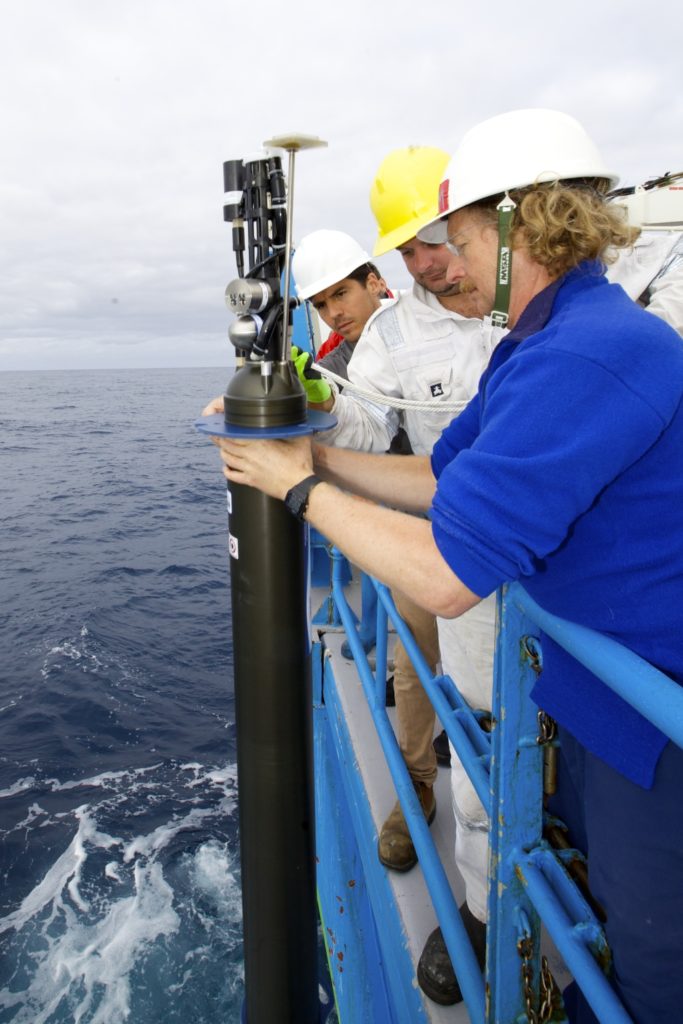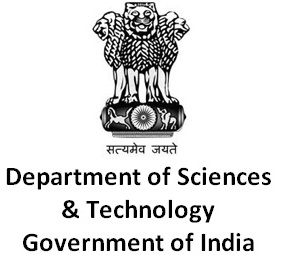The Indian Ocean region is focal for many of the most severe challenges facing human society. Food security, climate change, human health, population growth and industrial development are all interconnected and rely upon a healthy marine environment. There are many uncertainties in the modes of evolution of Indian Ocean biogeochemical conditions of immediate concern to both India and Australia.
Aa an initial stepping stone towards an Indian Ocean biogeochemical observing network, the Australia-India Joint Indian Ocean Bio-Argo Project was a collaboration involving CSIRO (Australia), CSIR-NIO and ESSO-INCOIS (India) and IOC (UNESCO) to pilot bio-optical floats as part of Indian Ocean GOOS / SIBER. The project piloted bio-optical floats as part of Global Ocean Observing System (GOOS) and the Sustained Indian Ocean Biogeochemistry and Ecosystem Research (SIBER) program.
The overall objective of the project was to enable cost-effective observations of large scale changes in the biogeochemistry and pelagic ecology of the Indian Ocean.
Tom Trull from CSIRO deploying a NAVIS float.
The initial collaboration was supported by the Australia-India Strategic Research Fund (AISRF) and completed in 2018. The pilot array was very successful, and has advanced the development of the global Biogeochemical Argo program.
CSIRO leadership of biogeochemical autonomous observations and their inclusion in the overall Argo program argo.ucsd.edu continues via the Australian Integrated Marine Observing System (IMOS).
Data Access is available via the Australian Ocean Data Network.



